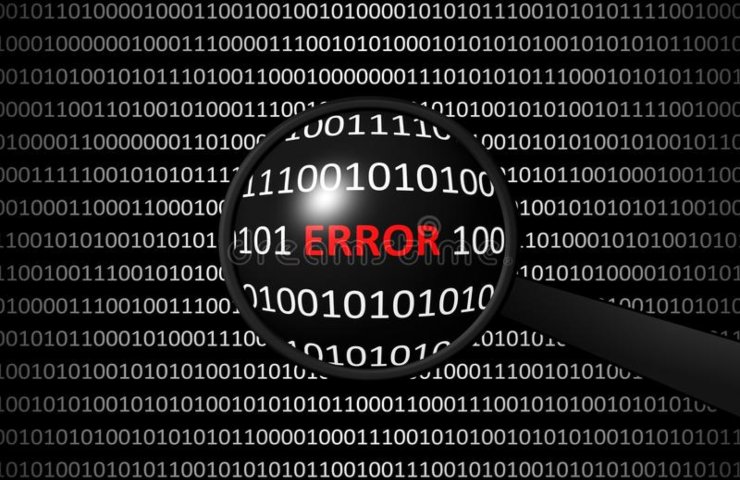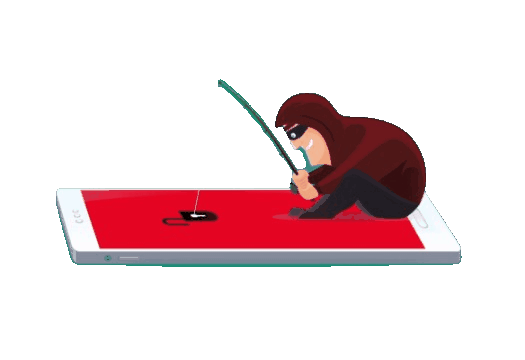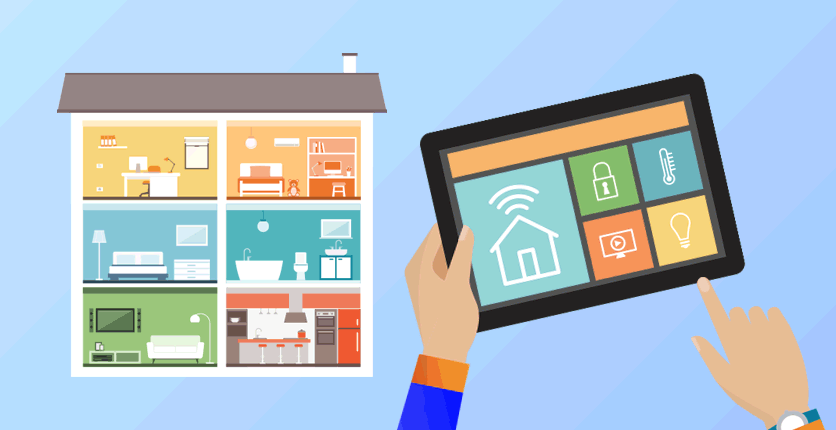When a smart home is not only smart but also secure
In winter turn on the heating of your home while you are in the office, in summer the air conditioning. What luxury and what comfort. Smoke detectors, for example, can connect to generate, collect and analyze data and monitor the environment in order to improve the effectiveness of the service. Yet even in these seemingly innocuous systems, dangers could lurk. The sensors and integrated, connected devices that make up the Internet of Things (IoT) contain software that provides these systems with their “intelligence.”
Software contains millions of lines of code , and these, in turn, inevitably contain errors. In the world of cybersecurity, errors are called vulnerabilities, and they can be the equivalent of a window left open for cybercriminals to access.
What are the risks?

Computer analysts say smart home devices are an easy target for hackers. The reason? These are the computer systems that are periodically the least up-to-date after installation and testing. The risk is really real because while everyone knows and verifies the automatic updates of the computer and the presence of the active and updated antivirus, how many instead worry about checking how long it has been since the home automation control unit updates its application system? And the dream of the smart home, interconnected, monitorable and manageable remotely could turn into a nightmare: strangers could control it, raiding personal data, images, videos, audio and sensitive information with a consequent greater exposure to intrusions and thefts, both physical and identity.
And therein lies the paradox: the hundreds of IoT devices introduced to make a building more secure can create open gateways to allow hackers to access not only the device with the vulnerability, but the entire IT network to which the device is connected.

Cybersecurity is concerned with preventing unauthorized access to a building or a company’s network and data. And many physical security systems now include numerous connected devices with remote access from the cloud, much like an IT architecture.
These systems are indispensable for Internet-connected technology. However, when you consider the fact that many features in smart buildings still contain critical flaws and neglect best practices, from a security perspective many smart systems are far from smart.
One of the first reports on smart home security, compiled by a company specializing in cybersecurity, showed worrying data, to say the least. During the research, 16 devices were tested (including security cameras, smart thermostats that can be activated by smartphones, smoke detectors and control units for home control) and only 1 passed the security tests with flying colors, all the others were rejected.
What if we told you that there is a solution and it has to do with the Cloud? IoT technologies combined with Cloud infrastructures are able to enable new interactions between humans and devices. In addition, the Cloud relieves the user from configuration, deployment, management, performance and updates issues that would otherwise have to be solved through advanced knowledge of software and very powerful infrastructures.
The cloud is also a secure architecture, capable of managing the phases of storage, archiving, processing and access to data in complete security: a security that starts from the single device and extends to the entire data life cycle with authentication, encryption, firmware and hardware update features.
